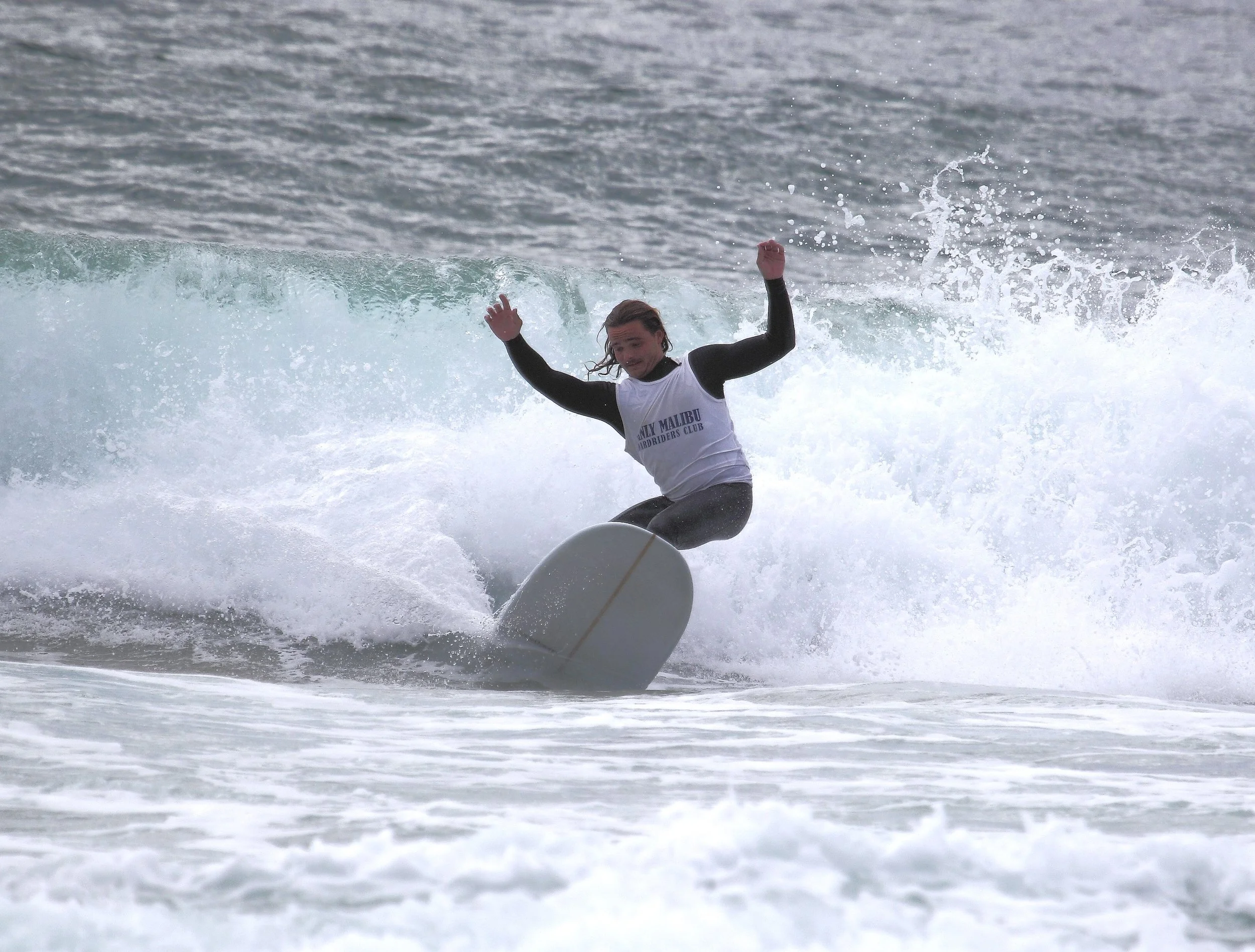
Free Delivery: Everywhere in Australia.
Tracking: Quick & easy online tracking on all fins ,wetsuits and leashes.
Peace of Mind: All our fins, wetsuits and leashes are insured if lost in transit.
Prompt Australian Dispatch: All items are sent from stock held in Sydney on the same or next business day.
Returns: 30-day, no questions asked returns, for unused full price items.
No More to Pay: No surcharges added at the checkout.